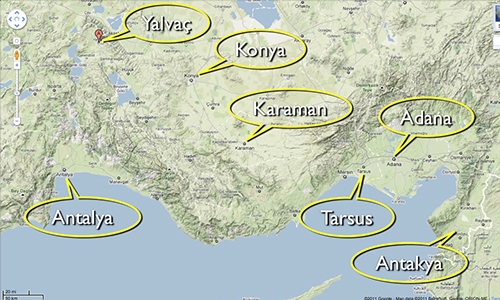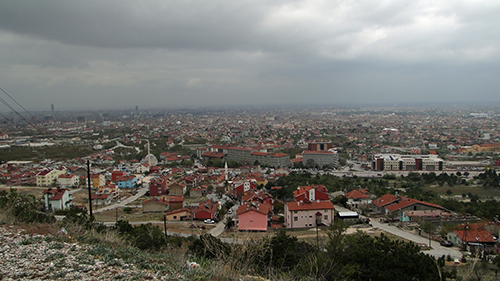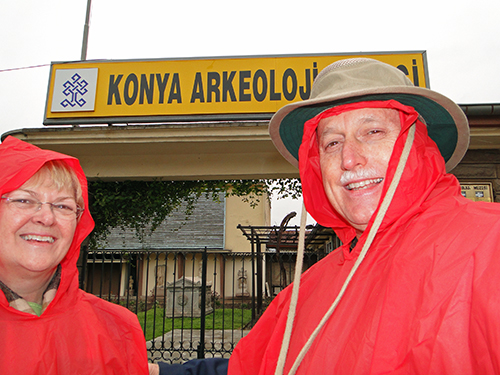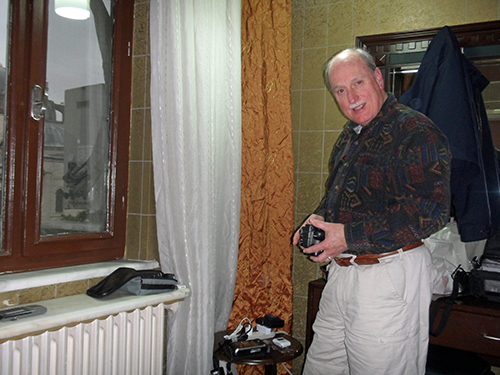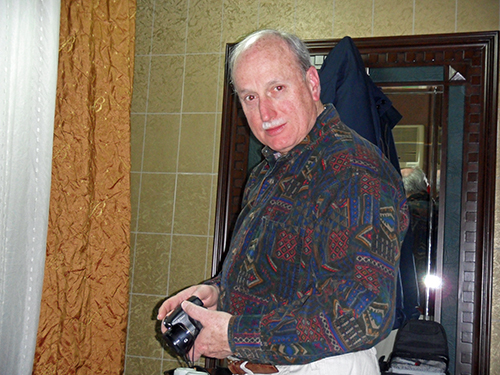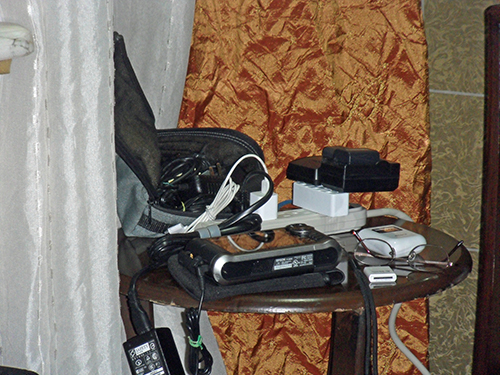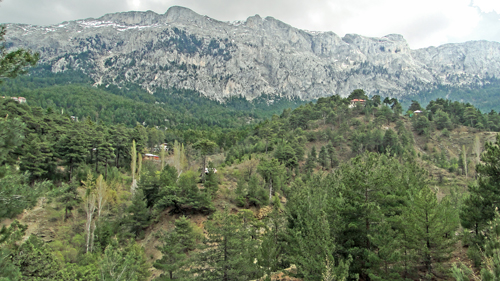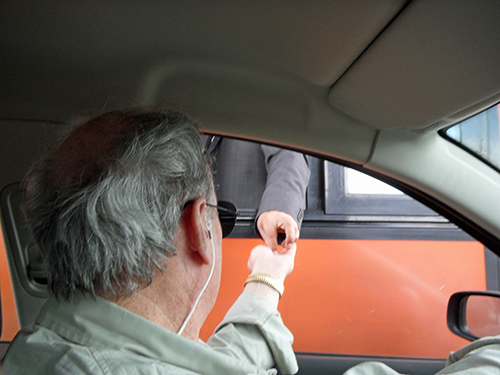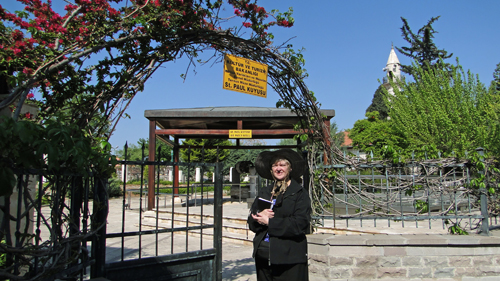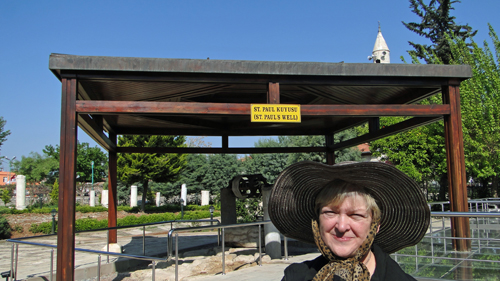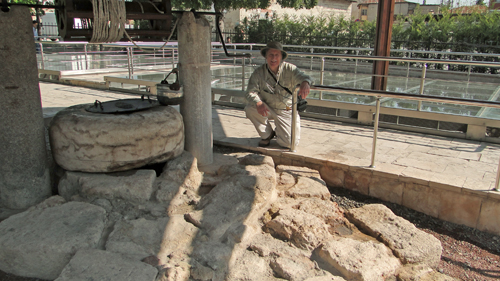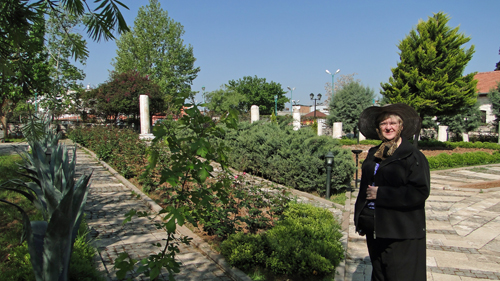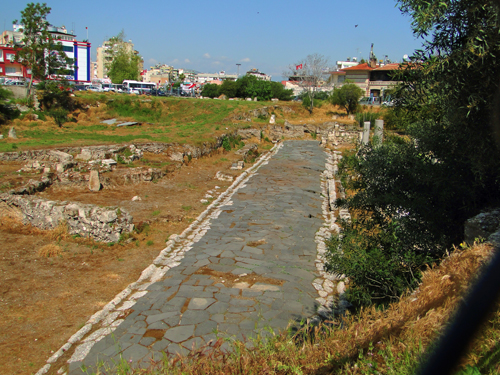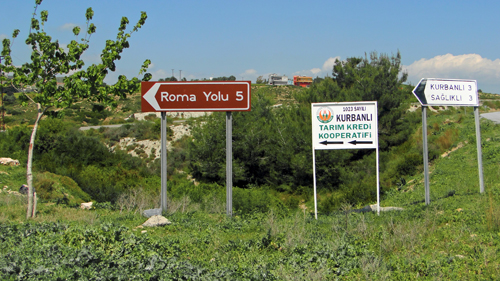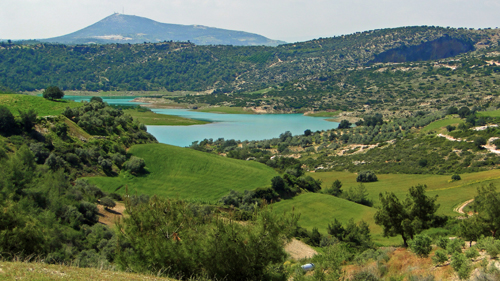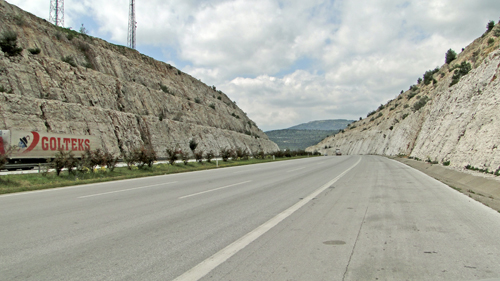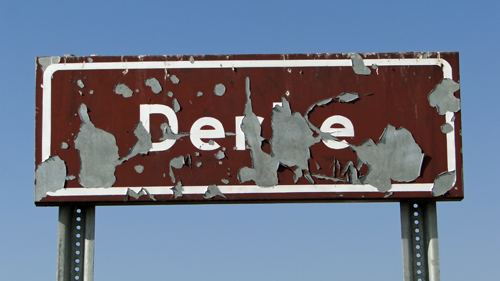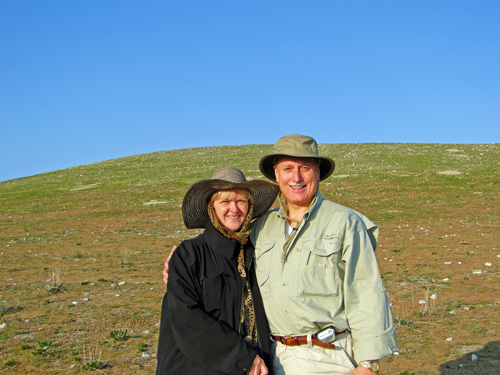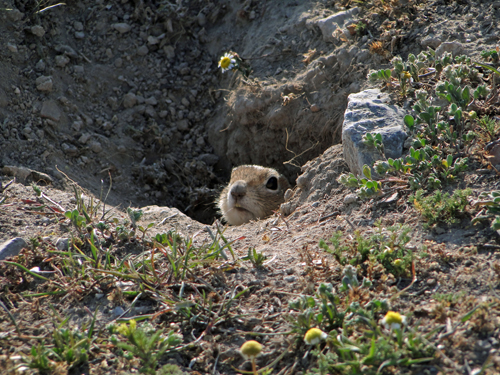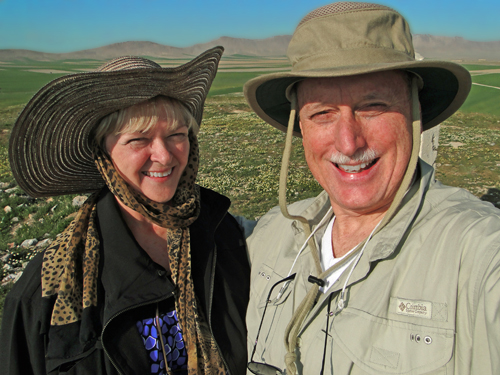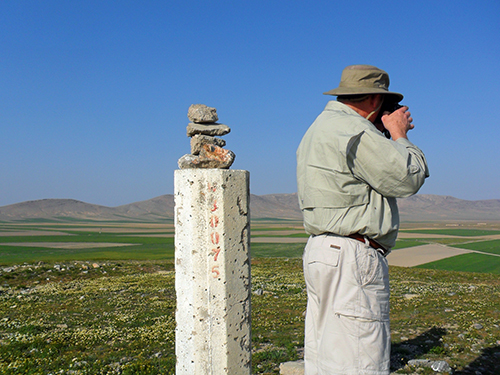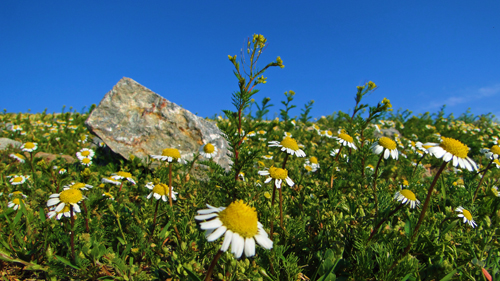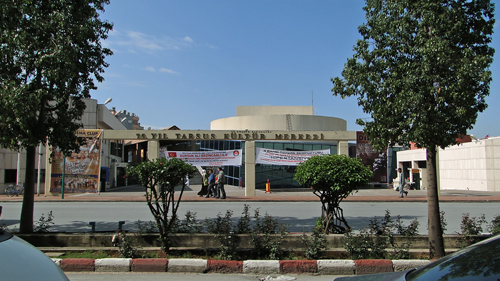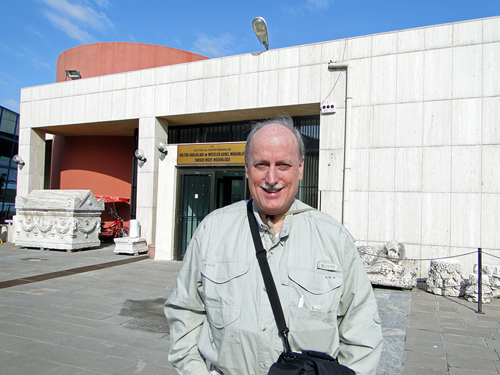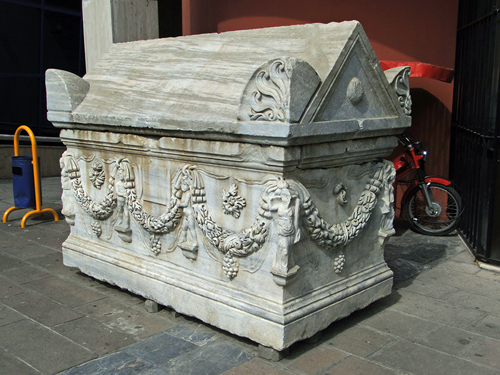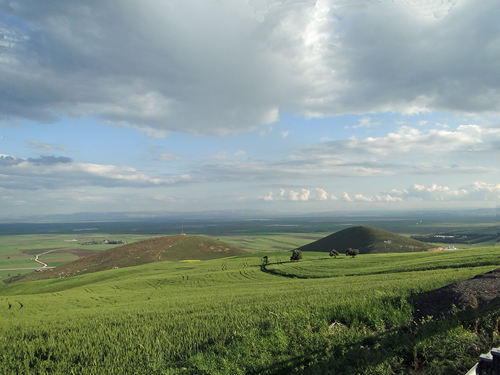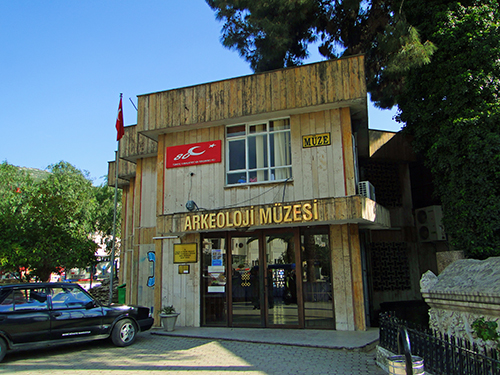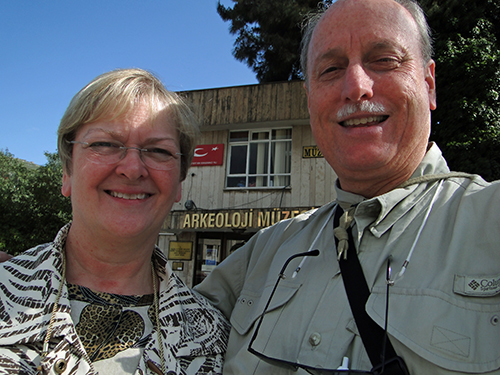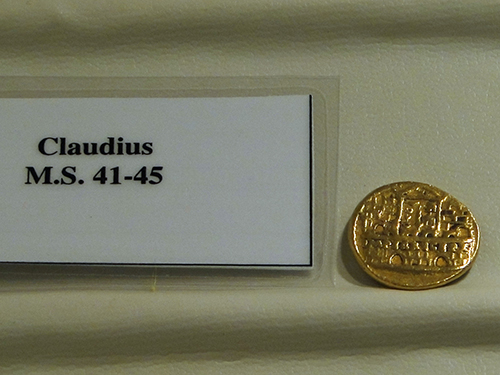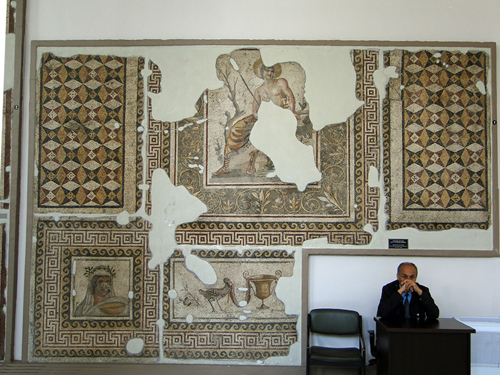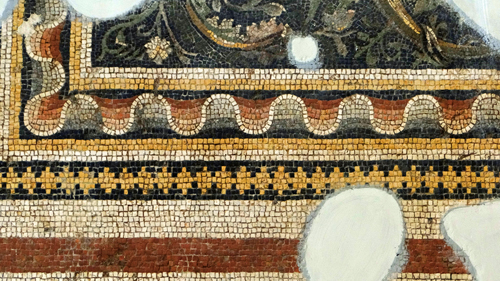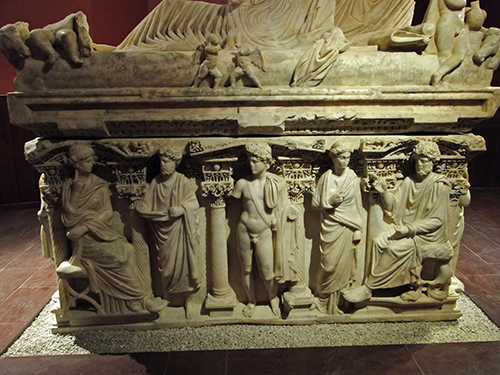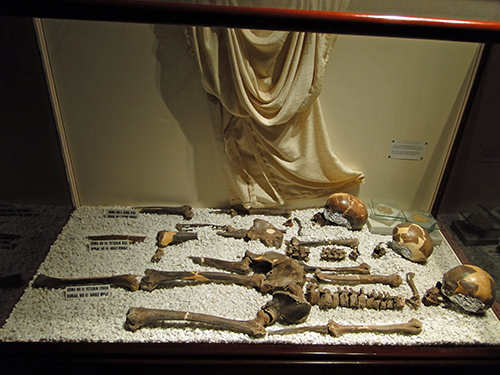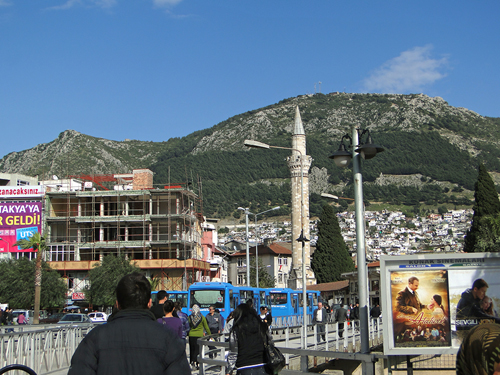Karaman Museum. After breakfast at our little Karaman Hotel, we head out to find the Karaman Museum. We spend about 1 ½ hours there. The museum was very easy to find from our hotel. You almost cannot recognize the museum, though, because the building is disguised by a mosque right next door. No entrance fee and very hospitable—they served us hot Turkish tea while we visited the museum. One notable item of the museum is a fourth-century inscription mentioning a Michael who is bishop of Derbe, not only a rare mention of the city of Derbe in inscriptions but also a Christian connection running three-hundred years all the way back to the apostle Paul.

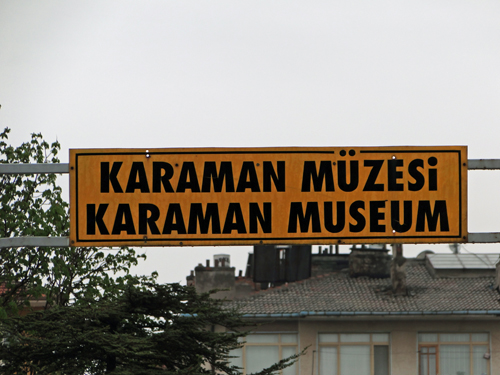
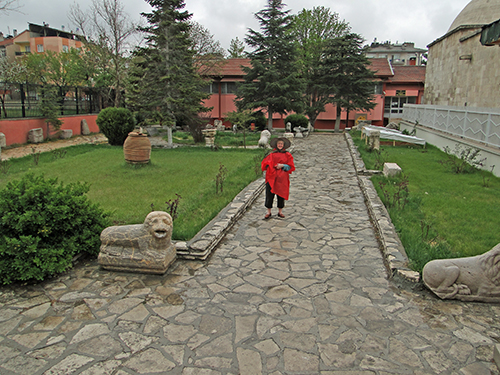
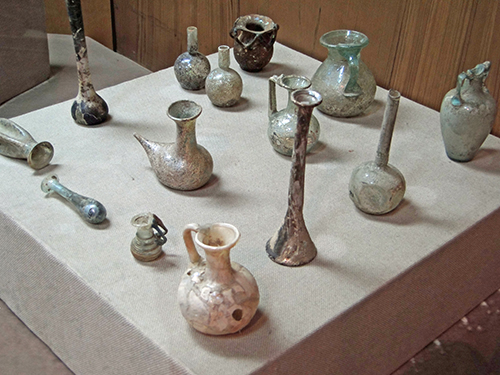

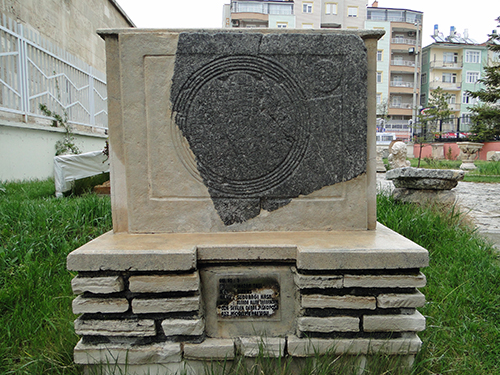
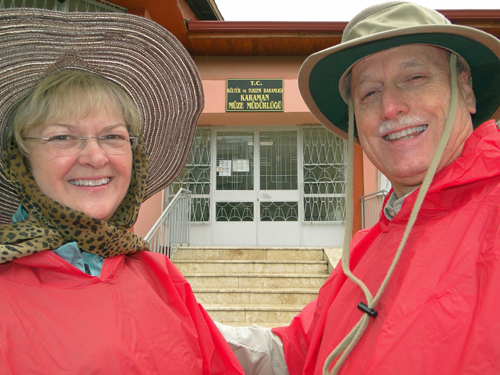
We finished up the museum and left Karaman about 10:37 am. We head out on our way to Konya, which is the modern city of ancient Iconium, another city along Paul’s first missionary journey.
Konya (Iconium). We traveled on D715 to Konya, and the weather today is rainy and cold! This cold and wet day is our first inclement weather in Turkey. Found our hotel in Konya kind of by accident. We were trying to locate it, and Jerry followed his nose, and suddenly there was the hotel right in front of us. You just can’t beat that radar of his. We really like the hotel. The style is definitely Turkish and very nice. Our hotel is right across the street from the Melvana Museum, actually an old mosque converted into a Muslim museum, and constant tour busses are coming and going from there. The museum celebrates the life of a very famous Muslim philosopher who is highly revered in the entire Muslim world. The Melvana Museum is the main attraction in town. Konya is very Muslim, conservative, and religious. Women do not go out in public without veils.
I checked in while Jerry parked the car in the underground parking lot a half block away. We go up to the room to get into warmer clothes, rain ponchos, and umbrellas. We ask for a lunch recommendations at the front desk. We could not find the restaurant recommended, however, so we go to a nice restaurant right next door to the hotel. Good is very good. While we were sitting there, suddenly a large group of men all with skull caps on are coming around the corner carrying what looks like a casket (bright green color) and cross the street. We’re not quite sure whether it’s a funeral or some symbolic event but it seems they are headed for a cemetery, which appears to be behind a stone wall across the street.
Konya Archeology Museum. After a good lunch, we inquire about the Konya Museum, our reason for staying in Konya, and our hotel manager tells us it’s “straight down the street” about 400 meters. We strike out on foot walking to the Konya Museum. We try and try to use the Garmin in its pedestrian directions mode, but nothing the Garmin is saying makes since, because this town has NO “straight” streets. After going what Jerry is sure is more than 400 meters, we determine we are wasting time and go back to the hotel to ask for more directions. The manager instructs the bellboy in Turkish to do something, and the bellboy walks us outside the hotel and down to a bus stop. He apparently tells the driver that we need to get off at the Archeology Museum. That museum bus stop indeed is all the way down on the same street, as the manager had said, so I guess the building is “straight down the street,” but sure as heck a lot more than 400 meters! So, we finally arrive.
Entry fee is 3TL. We are the only people there, and the ticket attendant has to unlock the doors for us. The courtyard is full of stone carvings, gravestones, and inscriptions. You can tell that the landscaping is nice, and had spring arrived, the flowers would have been pretty. We had only cold, wet rain.
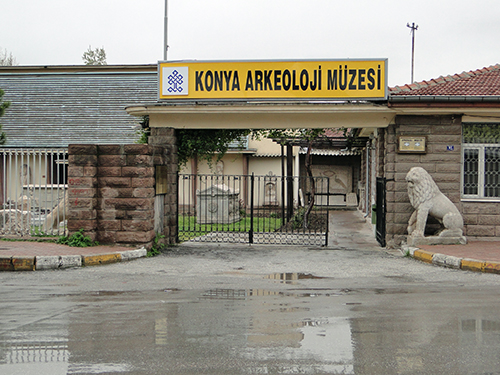
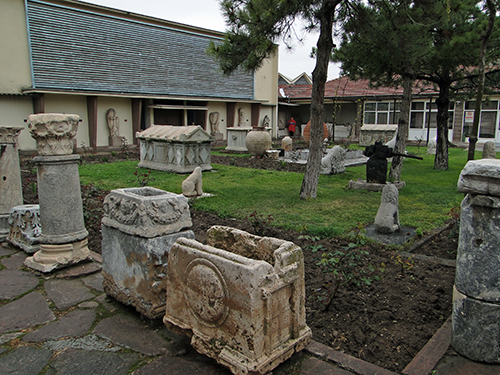

Just inside the doors of the museum building is a stunning collection of Roman sarcophagi—truly amazing. These stone monuments are some of the best we will see, except for those in the museum of Antalya.
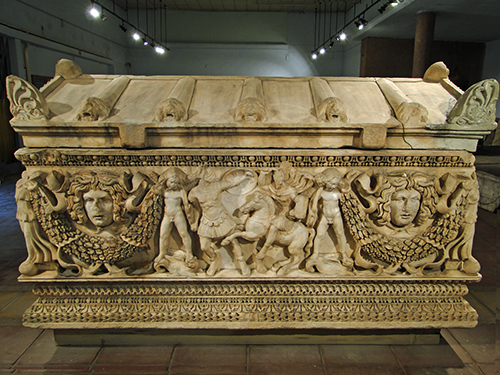
The museum has very interesting holdings, including the skeleton of a baby in its burial position from the Neolithic age (6500-5500 BC). The baby was about a year old at death. Jerry also enjoys a collection of seals, because they illustrate how the cylinders were rolled to create the impressions with greyscale images of the imprint of each seal.
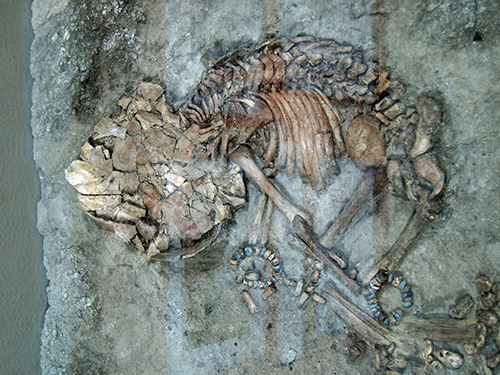
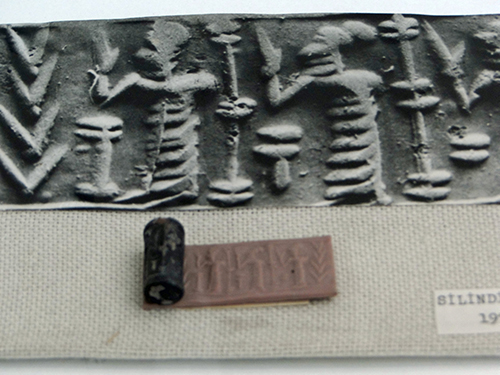
We finish the inside and have yet to find the Derbe, Lystra, and Iconium inscriptions that Jerry thinks should be in this museum. Jerry’s spirit is sinking in disappointment—but we turn right coming out of the entrance, and there are the inscriptions under a little tin roof next to an outside wall. Hurrah! They are found. Jerry’s delighted and goes about taking pictures. Suddenly, however, he is seized with a bad muscle spasm in his back and has to sit down for a while. The spasm is very painful. Jerry thinks he was holding his back for a long period at a bad angle trying to take the inscription photographs, and after a while his back just said enough is enough. Finally the pain subsides, and he continues with the picture taking.

We finish up at the museum at about 4:30 pm and decide to walk back to the hotel rather than wait for a bus, even though cold and damp. Finally back in our room, we get warmed up and order room service (about the same price as going out) since outside is so wet and cold. Food is good. Jerry has meatballs, and I had a chicken skewer. Fresh fruit for dessert and Coke to drink! What could be better? Jerry, as always, goes about setting up his charging station for all his electronic equipment.
We look at plans for tomorrow and try to determine how we will find the tel of Lystra, which may prove to be even more of a challenge than Derbe, but we’re going to give the search our best shot.
For a video of the Karaman and Konya action today:
